
Authors Cameron Johnston & Dr Habib Holdings.
It's untrue! To learn what causes your calf muscles to feel tight and how to loosen them up, read the little article below.
Calf pain can often be caused by excessive strain based on over-training, the running distance is increased too quickly, or a change of running style or technique. Possible results from these factors are aching muscles, hardening of the calves, cramps, and pulled muscles. The key question is: “What can I do to prevent tight calf’s when running?”.
It has been a well-established fact for over 30 years, that an inch of prevention may prevent miles of abuse. it can be challenging for one to strike a balance between injury prevention and optimising performance when you have that "niggly" pain that presents itself every time you pull on your trainers. In this piece, we look at how to prevent tight calves when running.
In this article, we will cover the key areas on what little changes you can make to prevent tight claves when running. We will address:
- Strength work and stretching,
- Hydration,
- Nutrition,
- Compression Sleeves
- Footwear and gait mechanics,
- Recovery & recovery tools,
- Rehydration,
Although the calf is one of the body's least-trained muscles, strengthening it is also essential as our calf muscles are a key propulsive element of our running, generating the last bit of force at the time of toe-off during the gait cycle. Tight claves as well as potential tears, strains, sprains, cramps, and tendonitis can all be avoided by having strong enough calves. Moreover, calf strengthening will enable you to run farther and more steadily.
Remember to include stretching, strengthening, and warm-up exercises for your calf muscles as you begin your new jogging regimen. Healthy eating will help you recover from runs more quickly and cause less soreness. If you are in pain, remember to rest, ice, and elevate your calf as well as pay attention to your body's signals for when it needs to take a break. You'll be able to continue running in a healthy manner after doing this.
According to Brad Beer, there are three key calf exercises that you can do to prevent tight calves when running so we have included them in here with a few others.
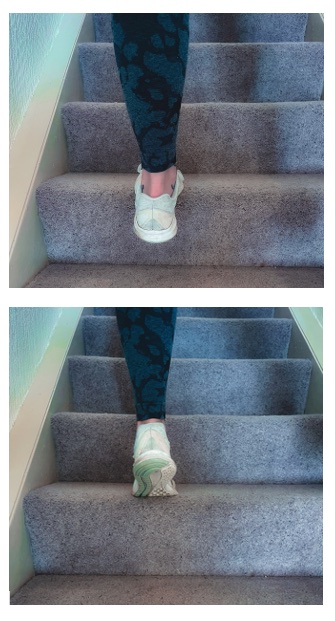
These can be done whilst standing on flat ground but are best done on a step or a stair. If you want a gold star for this exercise, do it in front of a mirror, such as, in a gym setting.
Hold on to the wall for support.
Raise yourself up onto the ball of your foot.
Lower yourself down until your heel is lower than the edge of the step.
Repeat this movement to raise yourself back up.
Frequency and duration
Starting from the centre:
Easier - do this exercise on a flat surface
Harder - hold a weight in each hand
Top Tip.
As you get tired keep an eye on your movement trying to avoid rocking back and forth with your body and ensure that your knee is in line with your second toe

This exercise is designed to build leg and core strength
Stand with your feet shoulder-width apart and your back leaning against the wall.
Slide down the wall until you are in a seated squat position.
Hold at the bottom then return to the sanding position making sure that your back remains in contact with the wall at all times.
Frequency and duration
Alternatives
Easier - change the exercise so that you are sitting down and standing up from a chair.
Harder - Hold for 4 seconds in the squat position.
Variation
Try doing this whilst on the balls of your feet (tip toes). This is a great exercise for targeting the Soleus Muscle.
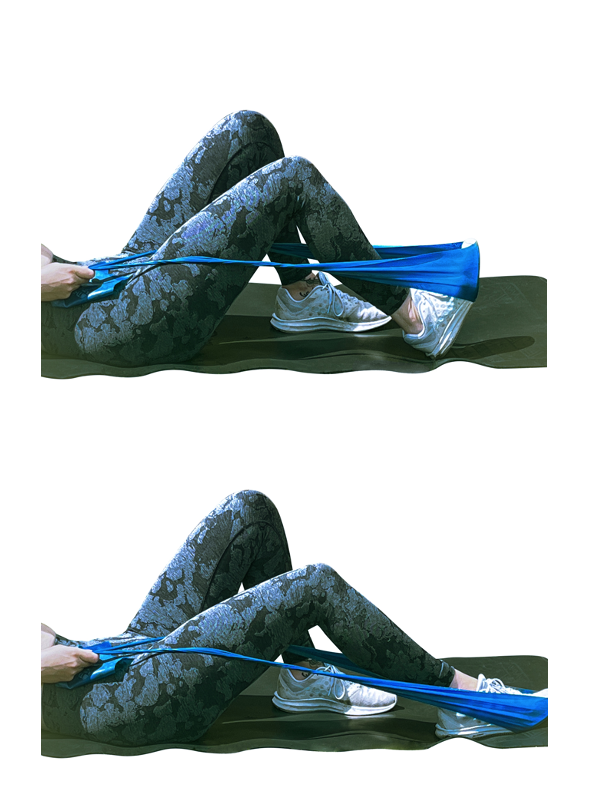
This exercise is designed to help strengthen the calf muscles as well as improve ankle mobility.
Sit on the ground with one foot planted for support and the other slightly out in front.
Place a resistance band or towel around the ball of the foot
Gripping the band/towel in both hands, push the foot down whilst still keeping the heel in place.
Return the foot back to the neutral position in a controlled manner.
Frequency and duration
Alternatives
Easier - Apply less resistance
Harder - Apply more resistance

The calf is attached to the foot through the Achilles Tendon through something called the posterior chain. If the muscles along the bottom of the foot are tight then this can impact the loading of the calf muscles making them tight when running.
Sit on a chair with your foot on the floor. Ideally, do this on a carpeted floor or place a folded towel on the ground.
you will want to use something like a Riixo Ice Ball, lacrosse ball or hockey ball.
Roll the ice ball under the foot back and forth from the heel to the ball of the foot with moderate pressure.
Duration and intensity
Whether you're running a long distance or on a hot day, you'll sweat more, so it's important to stay hydrated before, during, and after your run to keep your electrolyte balance in check. Electrolyte beverages with little to no added sugar can also assist maintain this balance and stop cramps.
Water removes toxins from the body, delivers nutrients to the cells, and aids in controlling pH balance and body temperature. Water is also beneficial for easing tension and tight muscles.
The human body is also around 60% water so another way to think about it is by comparing the muscle cells to grapes. When you remove the water from a grape it becomes a resin, losing its shape and elasticity. A similar thing happens to the muscles when you are dehydrated increasing the risk of suffering tight calf muscles when running.
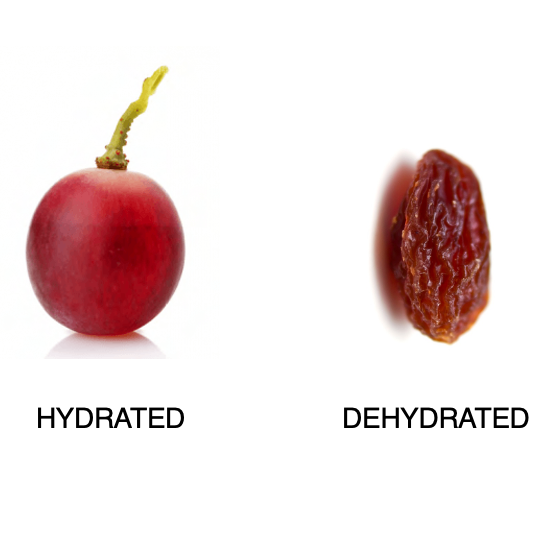
How much water should you drink?
- Throughout the day you want to be aiming for around 3 litres of water
- Before you run try to drink 2 cups of water 15 minutes before you set off
- After running you want to aim to drink 500ml in the first 30 minutes. Don't do this all at once but try to take regular gulps during that period.
Certain vitamin deficiencies can account for tight calf muscles, such as;
- Vitamin B1. The body's cells use thiamin (vitamin B1) to convert carbohydrates into energy. Carbohydrates' primary function is to fuel the body, particularly the brain and neurological system.
- Vitamin C. Since vitamin C is an antioxidant, it may be able to help with painful muscles. Antioxidants aid the healing process in the cell.
It is recommended to stay away from foods high in protein, fibre, and fat before hitting the road or a trail. According to Shapiro, eating too much protein or fat before a run can make you feel fatigued or crampy because your body will be using more energy to digest than to move.
Your body uses carbohydrates (stored in the muscles as glycogen) as its primary fuel (energy) source during heavier training sessions and races. Because you can only store a very little amount of carbohydrates, it's crucial to maintain your supply full.
The body uses fat as its primary source of energy when engaging in low-intensity activity like jogging or strolling. Because of this, it is not as important to eat carbohydrates before exercising, thus you don't need to include them in your meal or snack.
Sleeves and socks with compression serve to stabilise the leg and lessen the impact that may result in calf pain. Compression sleeves and stockings are both beneficial for blood circulation, especially for runners. Remember that oxygenation of the muscles arises from increased blood flow to them.
There are two types of compression sleeves that can help with tight calf muscles and it all comes down to the level of compression that they offer. The Riixo compression sleeves have a higher level of compression and are best used after running but lower-grade sleeves are great during a run.
Best compression sleeves for tight calf muscles to wear whilst running
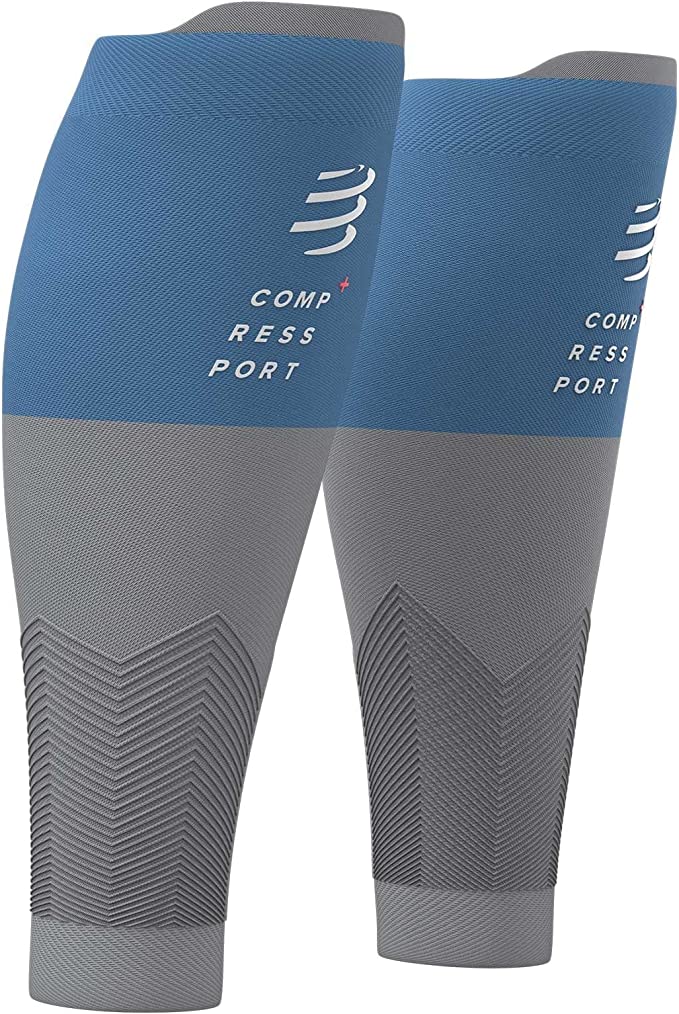
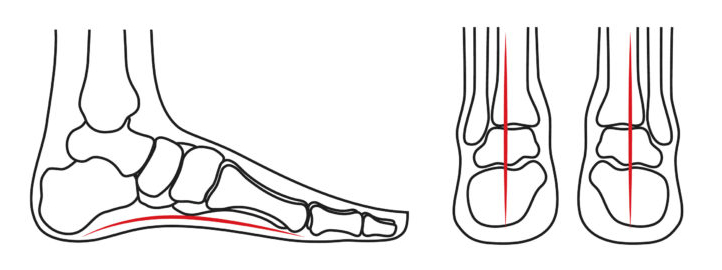
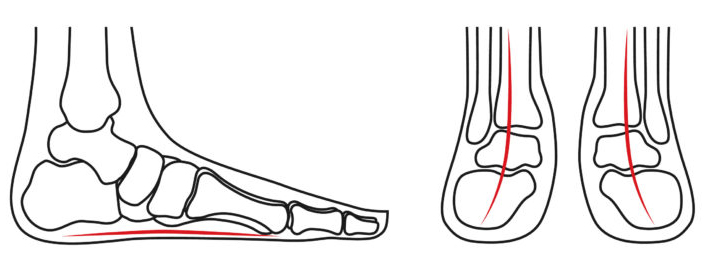
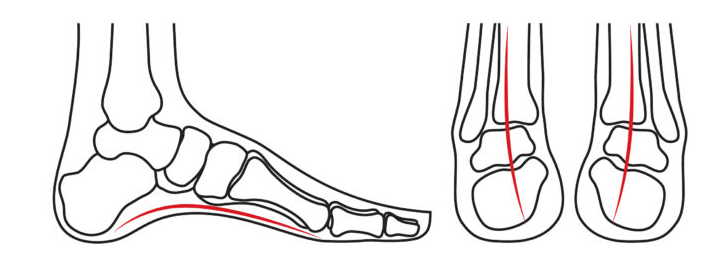
Incorrect or old footwear is probably one of the leading contributing factors to tight calf muscles when running. When the foot is in its correct alignment is able to absorb the impact of each step them propel you forward as you move through your gait. If you have unsupported high arches or the foot over-pronates due to flat feet to poor stability in your choice of the shoe then the weight is unevenly distributed.
Over-Pronation. When a runner's feet roll too far inside while they are running, overpronation happens, which is a common running injury. Running with tight calf muscles can be uncomfortable, exhausting, and unstable. The calf muscles' inability to withstand the impact of the foot striking the ground is the source of this. During jogging, overpronation can result in tight calf muscles because it puts an excessive amount of strain on the Achilles tendon.
Unsupported high arches. Running with unsupported high arches can result in tight calf muscles because there is insufficient stress absorption. The body's shock-absorbing mechanism heavily relies on the foot's arch, so when the arch is weak, the calves' muscles and tendons have to work more to provide stability and absorb shock. Muscles may become strained, sore, and tight as a result. A tightness in the calf muscle might result from the muscle working harder to stabilise the foot as a result of the lack of arch support, which can also cause the foot to roll outward and generate an awkward stride. Lastly, having high arches might result in the foot "slapping" the ground.
Recommendations.
Have your gait analysed at a running store. They will try you out in different shoes to identify which ones work best for you. Another option is to look at a set of supportive insoles, these can be custom-made or purchased over the counter.
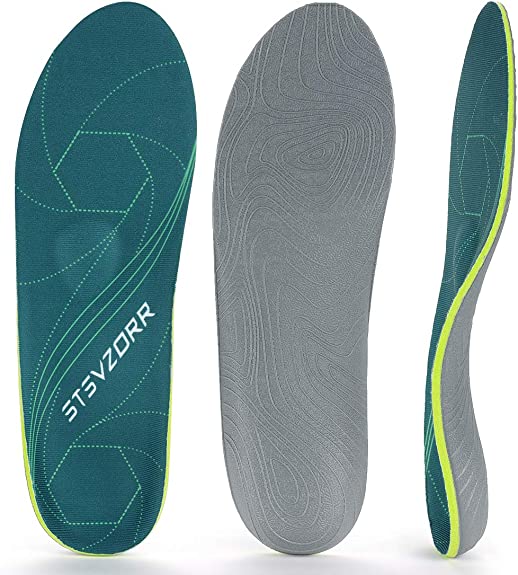
The actions you do in the first 60 to 90 minutes following a challenging training session can have a big impact on how quickly you recover. Here, we examine such recovery strategies and offer a strategy that the majority of athletes may follow.
The fundamental activity phase of recovery is where quality training (preparation) leads to improved performance. We've presented a model for quicker recovery along with the two key areas to concentrate on: one that affects the amount of recuperation needed and the other that affects your rate of recovery.
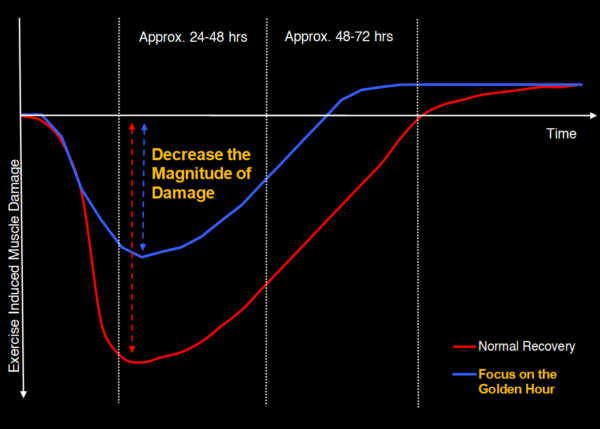
Read more about the "Golden Hour" of recovery and what you can do in the 60-90 minutes after you stop running.
1. Active Recovery.
15 to 20 minutes of walking should follow exercise. It may be faster than your average walking pace for the first five minutes.
Why? This avoids a sudden stop. By progressively lowering your heart rate, you'll enable a greater percentage of the metabolites and byproducts of exercise to leave your body reducing tight calf muscles.
2. Cryotherapy.
Ice as soon as possible after working out for 10 to 20 minutes. Depending on the type of cryotherapy you use, you want to provoke a physiological response.
Ice: Why? It will lessen inflammation and quickly lower muscular temperature, lowering energy requirements during this recovery phase. Ice will assist eliminate waste products from exercise by influencing blood flow. Learn more about the advantages of ice for recovery and the scientific considerations for icing here.
3. Heat Therapy.
This might be a hot shower or a warm bath. It can involve utilising a hot water bottle or a heat pack. As part of a contrast therapy protocol, heat and ice may be combined.
Why? Heat promotes blood flow, aids in muscle relaxation, and can lessen post-exercise muscle soreness.
4. Compression Wear.
Clothing with compression is commonly available. To find out if yours is appropriate, go here.
Why? It has been demonstrated that compression significantly affects the restoration of muscle power and strength. Moreover, it has been shown to affect DOMS, tight calf muscles, and acute discomfort. BUT only if 2) The pressure is graduated and 1) The pressure level is within an ideal range. Click here to read more. After working out, wear your compression garment for 60 minutes to 4 hours, but never to bed. If the garment shifts while you are sleeping, the level of pressure needed for recuperation may result in more significant problems.
5. Massage
For tight calf muscles, using a foam roller, a focused massage roller, or a massage gun has become prevalent. Massage therapists are frequently employed by professional athletes and sports teams.
Why? By removing knots that restrict range of motion, massage can increase muscle flexibility. It can also lessen DOMS by increasing blood flow. A well-designed foam-rolling technique can have an impact after exercise in less time than a massage, which can take some time.

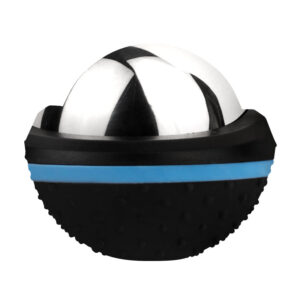
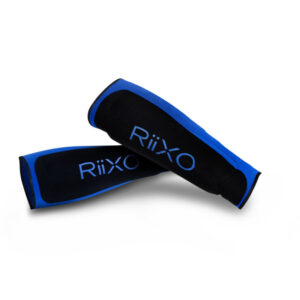
Across people, there is a significant difference in their needs for water. It's crucial to remember to drink small amounts of water frequently after exercise rather than guzzling large amounts at once.
Here, repetition leads to mastery. If you're just getting started, try this:
Before you begin and when you finish, weigh yourself. Following exercise, each kilogramme of weight lost corresponds to a 125ml water demand.
Why? Body temperature can be regulated by hydration. It eases cramping in the muscles. When you heal, it enhances your biological functions. Moreover, it supports cognitive processes, keeping you conscious and awake.
Before preparing for an event, the majority of endurance athletes will speak with a nutritionist who will also provide hydration advice. You should test out any new electrolyte-based products you are considering before "game day" to make sure that it is right for you.
Review Recommended Electrolyte Drinks
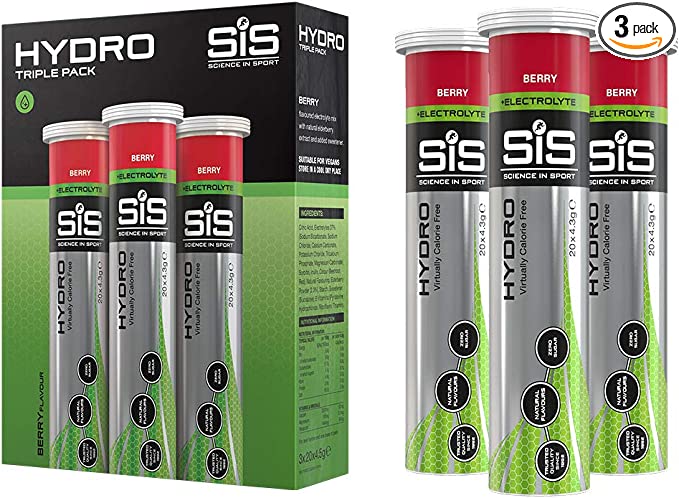
References
Driller, M.W. and Halson, S.L., 2013. The effects of wearing lower-body compression garments during a cycling performance test. International Journal of Sports Physiology and Performance, 8(3), pp.300-306.
Monteagudo, M., de Albornoz, P.M., Gutierrez, B., Tabuenca, J. and Álvarez, I. 2018. Plantar fasciopathy: A current concepts review. EFORT Open Reviews, 3(8), pp.485-493.
Spiker, A.M., Dixit, S. and Cosgarea, A.J. 2012. Triathlon: running injuries. Sports Medicine and Arthroscopy Review, 20(4), pp.206-213.
Subotnick, S.I. 1985. The biomechanics of running implications for the prevention of foot injuries. Sports Medicine, 2(2), pp.144-153.[/vc_column_text][/vc_column][/vc_row]
 British Triathlon: Recovery Questions Answered
British Triathlon: Recovery Questions Answered
 The Injury Risk Equation
The Injury Risk Equation
 LJMU Study Findings
LJMU Study Findings
 What are shin splints?
What are shin splints?
 How to treat shin splints [2021]
How to treat shin splints [2021]
No Thanks – I’ll pay full price
Close Window
Close Window
[…] How to prevent tight calves when running – Riixo Recovery […]
[…] Read More […]
[…] Read More […]